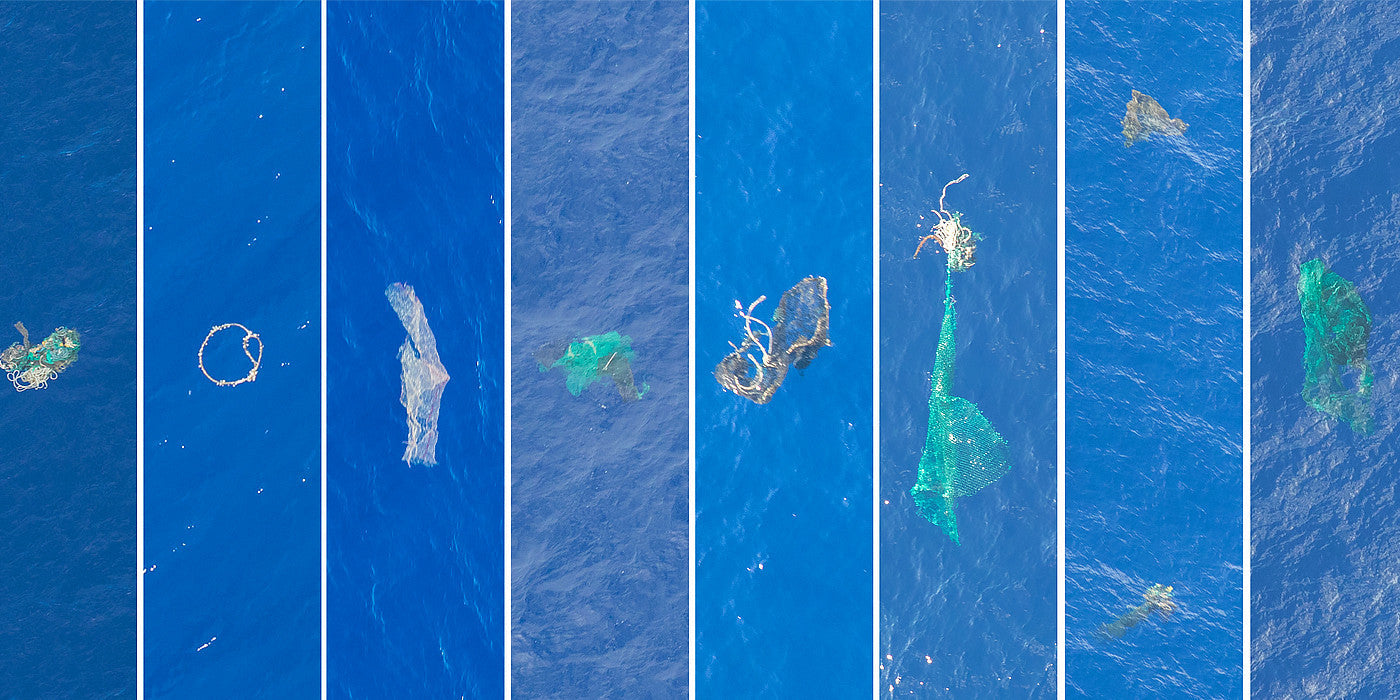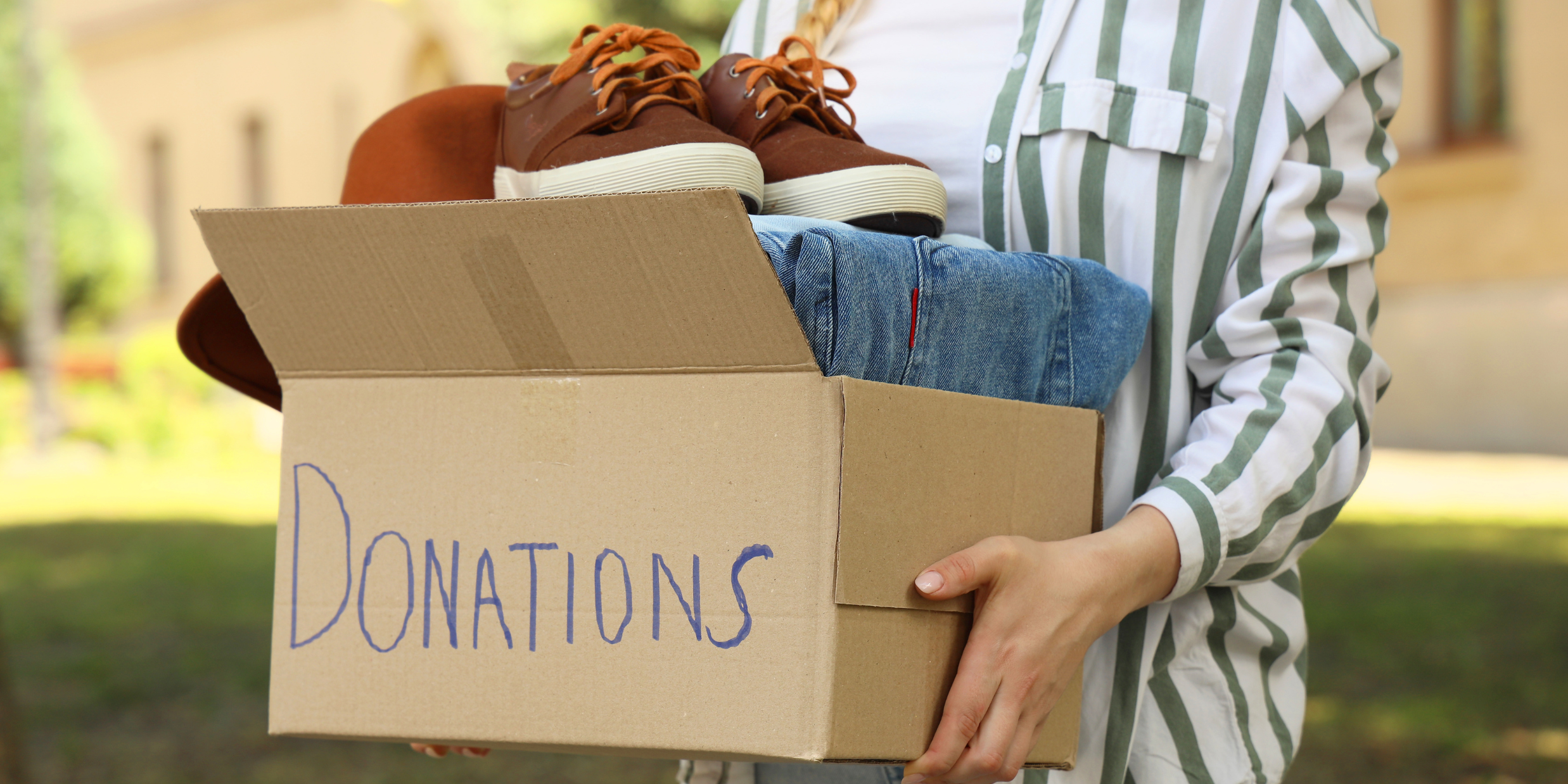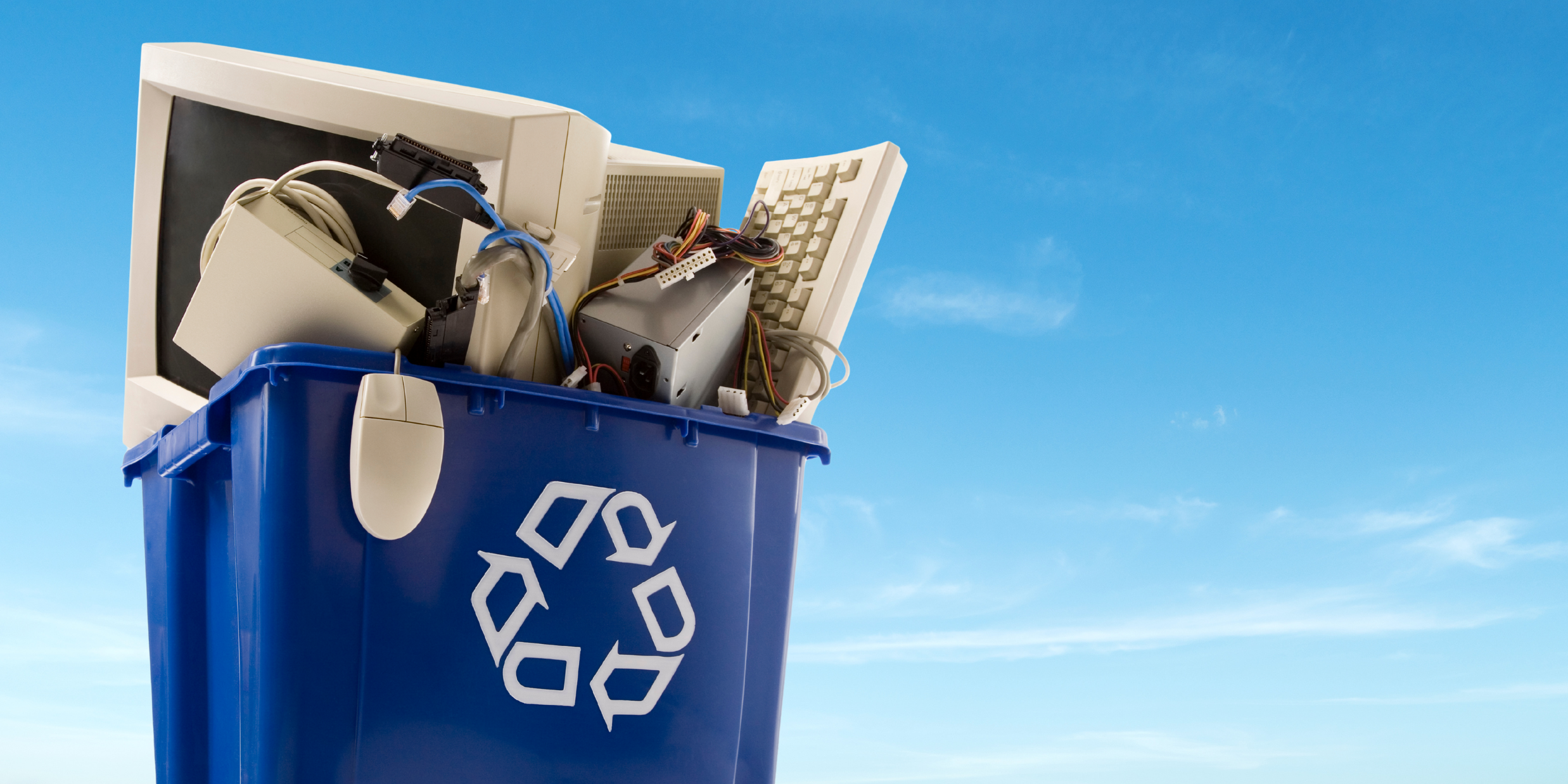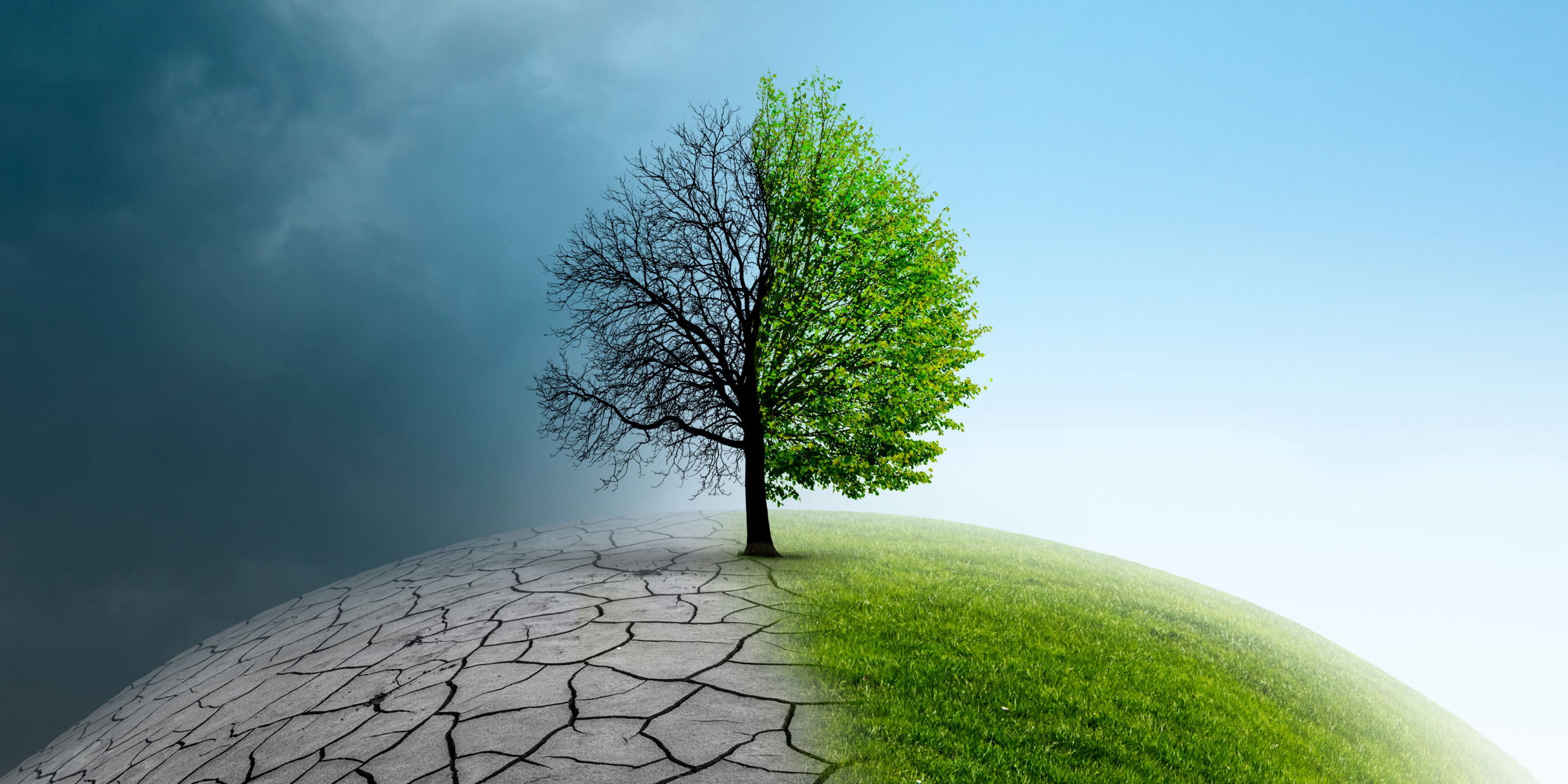We need to talk about this guy. Boyan Slat.
A Dutch inventor “since birth”, as he claims in his biography. But he hit true world-changing inventor status around the age of 17, when he created the technology that is the basis behind his company (that he is now CEO of, by the way—at the tender age of 23), called The Ocean Cleanup.

You’ve likely heard of it by now. It’s that giant floating filter that’s designed to move with the currents, scoop up man-made debris that’s suspended in the top few meters of the water, and await pickup by ships that will deliver it back to land for recycling and reuse.
It’s the “Roomba” of the sea. But while those tiny roaming vacuum cleaners are fun to watch cats ride around on, Slat’s devices may very well be responsible for saving a whole lot of lives—human and otherwise.
The device works with the help of nature—specifically, gyres formed by ocean currents. Just as the floating garbage goes with the flow and collects in certain parts of the ocean (like in the Great Pacific Garbage Patch), the floating cleanup devices will do the same.
Rather than having to seek out the trash, it comes straight to the collection devices on its own.

But like any technology, Slat’s invention has its limits. For instance, it only captures larger debris that’s still floating at or near the surface. Many of the smaller pieces of plastic that have begun to sink towards the ocean floor won’t be collected.
And though small, these microplastics are just as deadly as larger pieces. While you’ve no doubt seen countless photos of larger marine life—like waterfowl and sea turtles—meeting their demise by mistaking plastic for food, the same happens at a more microscopic level.
Zooplankton—teeny tiny marine animals—mistake microplastics for food, too.
And the biggest problem there?
Those guys are at the base of the food chain. Larger organisms end up ingesting all those toxic microplastics by default when they feed on zooplankton, and the effects cascade upwards.

The good news is, many microplastics come from once-larger pieces that have since broken down. With legislation such as the Microbead-Free Waters Act of 2015, we’re contributing less microplastic directly into the oceans.
And with technology like The Ocean Cleanup devices, we could remove larger pieces of plastic before they break down to zooplankton meal size.
If Slat and his team have it their way, they'll have cleaned up half of the Great Pacific Garbage Patch in just five years.
It’s a good reminder that “breaking down” plastic doesn’t simply disappear; even pieces no larger than a sesame seed are causing extensive damage.

Technology like Boyan Slat’s will help mitigate what we can’t undo. And changing our buying habits, like avoiding plastic toothbrushes, is how we can contribute on the back end and stop adding to the problem.
With all due respect, let’s work to make sure The Ocean Cleanup is out of a job in the near future (sorry, Mr. Slat!).
###
Sources:
NOAA (1)(2); The Ocean Cleanup; Boyan Slat; Think Progress; Desforges, JP.W., Galbraith, M. & Ross, P.S. Arch Environ Contam Toxicol (2015) 69: 320. doi:10.1007/s00244-015-0172-5 (web)






Share:
The U.S. is Largely Going Green—Paris Agreement Notwithstanding
Going zero-waste will change your life...but perhaps not in the ways you thought.